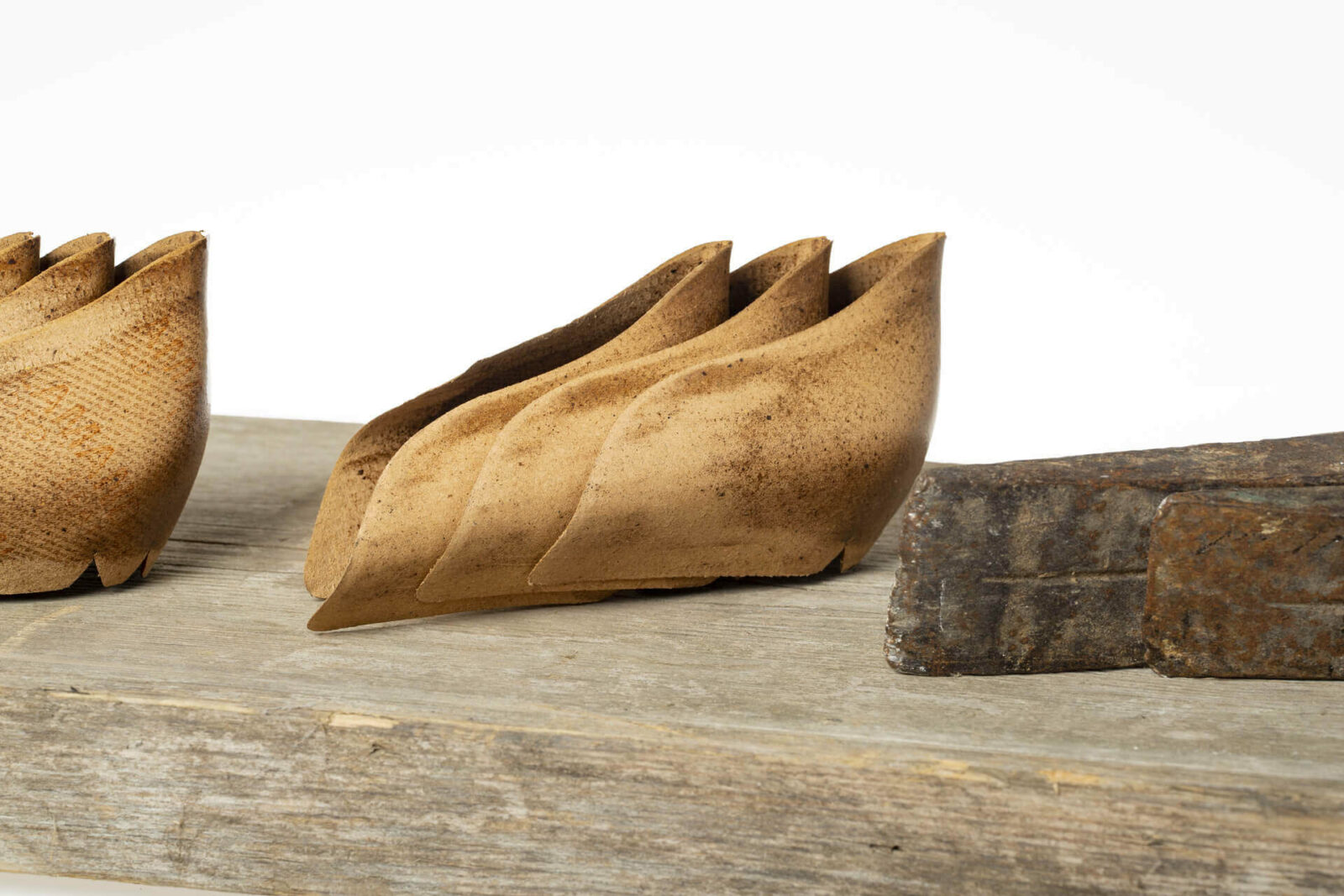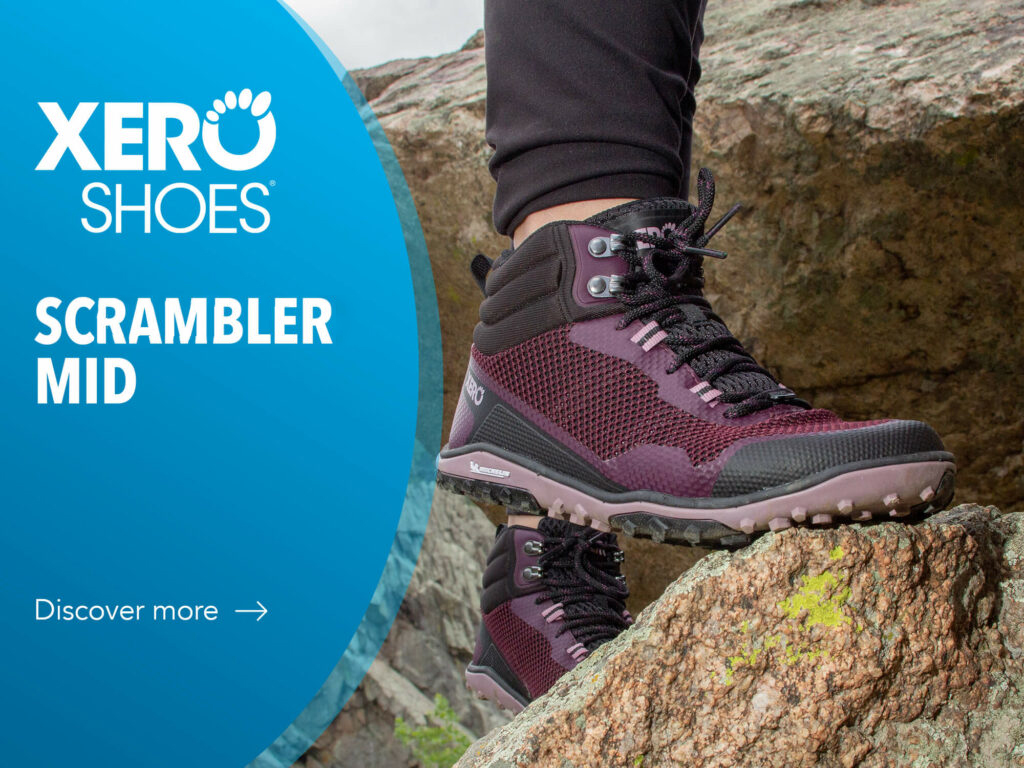Magic has nothing to do with it. A shoe does not sag on itself and retains its cozy shape thanks to a few, essential and indispensable hidden components, the existence of which is often unknown.
We have said it many times, but it is always good to remember: a shoe is a simple product only in appearance. In reality, it is composed of more than 50 components on average, and the models are carefully and thoughtfully designed and engineered. The choice of reinforcements is part of this process, as well as a crucial element.
The main reinforcements in a shoe are the counters (which are placed in the heel area) and the toepuffs. Together with the insole, they form the skeleton on which the upper part of a shoe stands.
Dario Ferrario, sales director of Morel, a well-known Italian manufacturer of reinforcements, talks about them in these terms:
The technical reinforcement fabrics that make up toepuffs and counters are fundamental. They are the basics that no one considers, and no one sees, but they are the structure that gives shape and support to the shoe.
Choosing low-quality materials to make these footwear components means assured ruin of the model in a very short time. They are usually the last items that are selected when materials are purchased for production, but they are the first items that are challenged when the toe loses shape or the heel gives way or no longer holds the foot.

MATERIALS
Counters – which are precisely inserted in the back of the shoe to reinforce the structure – are commonly made of different materials such as leather, salpa (material regenerated from leather fibers), different types of fabric, thermoplastic materials, and other synthetic findings, such as neoprene and extruded thermoplastic. Their task? To increase the strength of the shoe and provide better support for the foot while walking.
The same materials (except for the salpa) are also used to make the toepuffs, which are called upon not only to give shape and reinforcement to the structure of the shoe, but also to protect the toes a minimum.
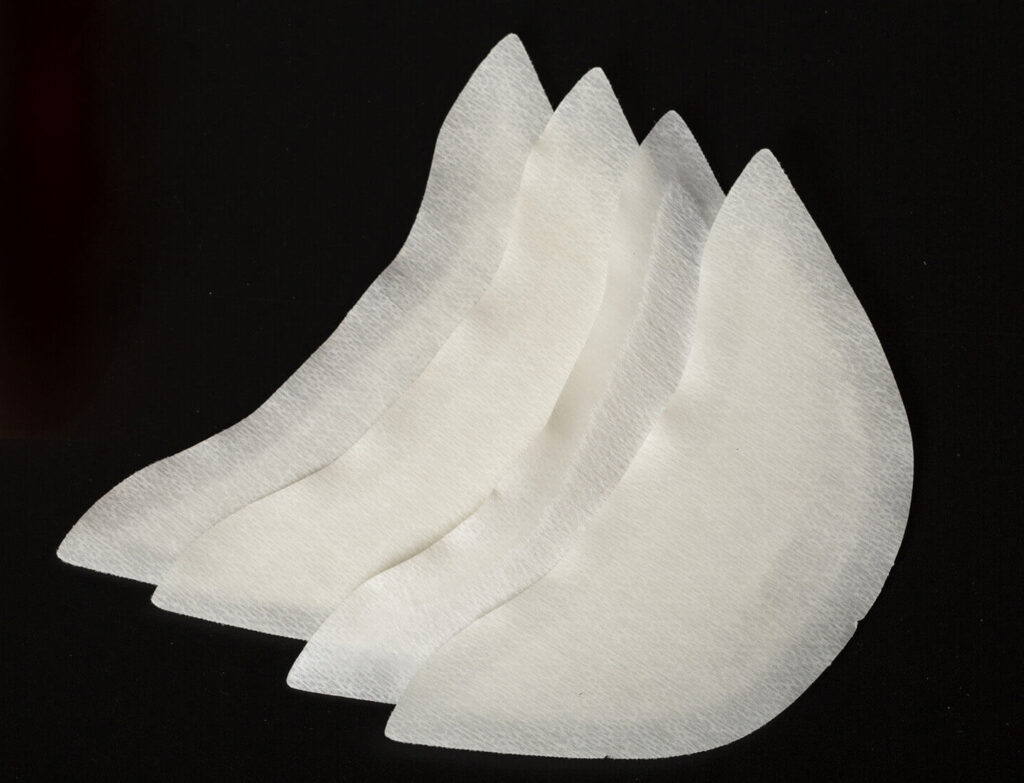
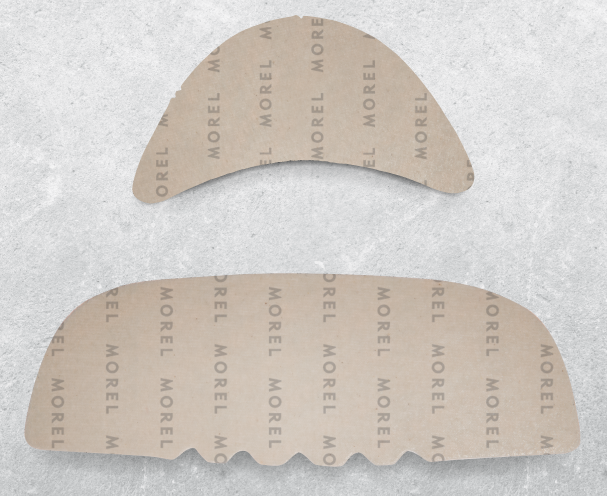
PROs and CONs
For Dario Ferrario,
the salpa represents a more difficult material to work with-because while the impregnate cotton is placed straight on the last and closed with the upper without any problems, the salpa must be sheared and molded very precisely so that it does not move during assembly.
On the other hand, it is precisely the salpa that has the advantage, once it has taken shape, that it does not change with time, while the cotton, due to the heat released during walking, relaxes and needs to be returned to its original shape using molds that should always be inserted after use. One suggestion: when wearing footwear with impregnate cotton, it is good to use a shoehorn to prevent deformation, whereas with a salpa it is much more difficult for this to happen.
WHICH REINFORCEMENT FOR WHICH SHOE
Salpa stiffeners are extremely durable and hold their shape without alteration: they are perfect for formal models.
Cotton ones are very breathable and follow any type of shape very well: great for a classic or casual shoe.
Extruded materials are indestructible and provide greater durability, even when exposed to stressful situations. Transpiration is given up, but durability is gained. They do present a limitation: over time they tend to revert to their original shape, although with heat they have been made malleable and adaptable to shape.
A REINFORCEMENT FOR EVERY NEED
As with any other component of a shoe, over time research regarding the world of reinforcements has produced a vast, almost innumerable, amount of variants ready to meet every situation of use.
If Morel is the only one to produce toepuffs and counters with cotton fabrics impregnated with special latexes made to dry with a wavetech technology that enhances the properties of natural fibers with no production waste, Biasiotto has designed and patented a the ‘Anima’ counters that with its differentiated flexibility and softness, thanks to the coupling of salpa and thermoplastic, gives the footwear a perfect line unaltered over time, as well as a high level of comfort.
The last example, of the many that could be brought, concerns Pidigi and its Extrafoil: an adhesive sheet of high-strength tear-resistant material indicated for reinforcing large areas of leather in boots.

TRICKS
Let’s conclude with a trick for recognizing the type of reinforcement present in the shoe we may be planning to buy. Morel’s sales manager always helps us: “A shoe with a good counter should have the bonnet (the lower part of the heel) tightly closed and hard while it should feel softer as you move up toward the ankle.
If, on the other hand, it feels entirely soft to the touch, it is likely that an extruded material was used. When the material used is plastic, upon pressure it feels like a snap, a noise similar to a ping-pong ball.
You may also be interested in the following articles:

The ‘ugly for a reason’ gets pink: Barbie relaunches Birkenstock
While the Barbie film has already become a cult, Birkenstock sandals worn by Margot Robbie have achieved great popularity and revenues and Birkenstock is planning a stock market listing.
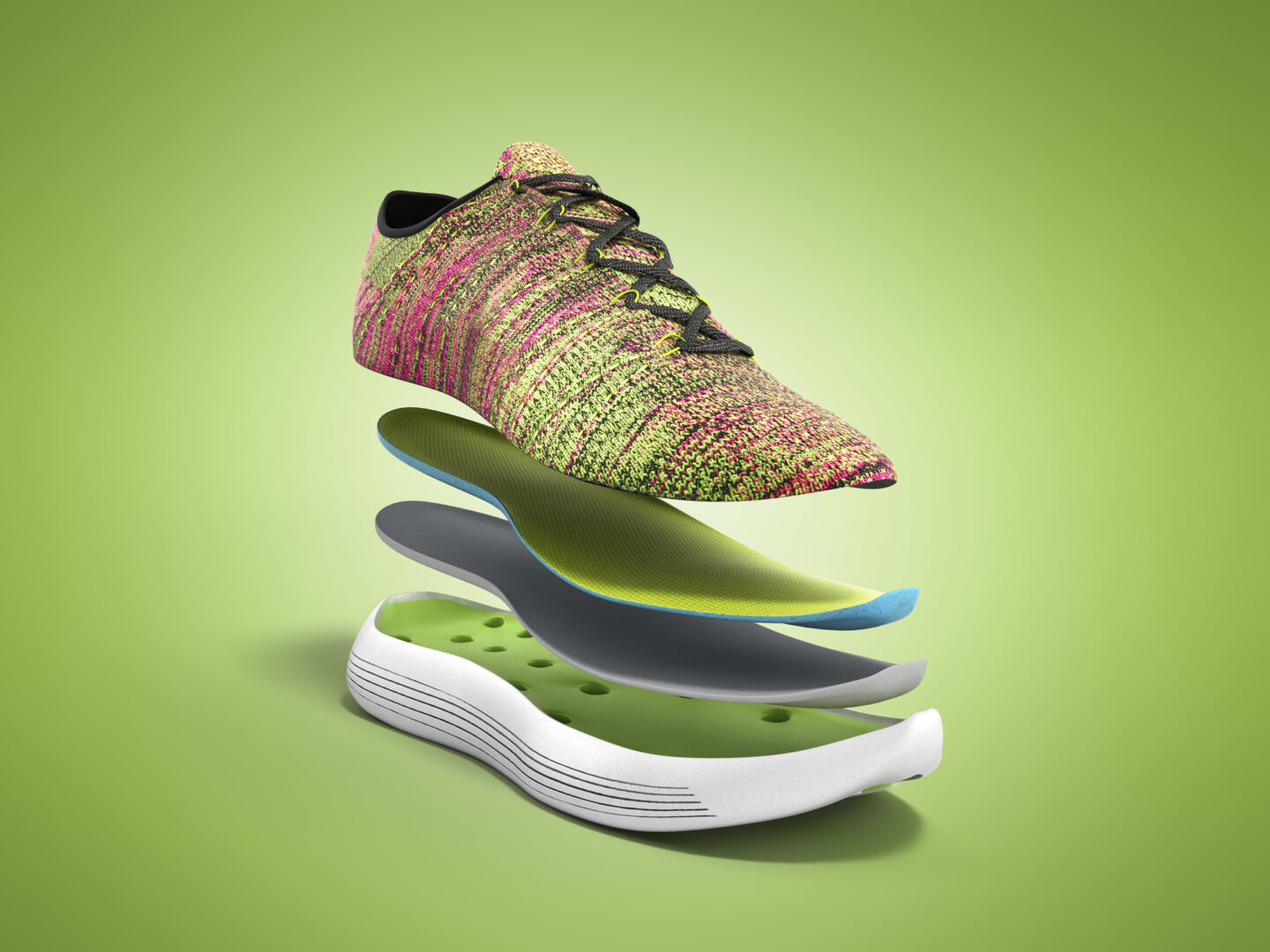
Anatomy of the shoe: the secret to success lies in its components
Why are “ingredients” essential elements, and what is a shoe made of? Discover the anatomy of the shoe.
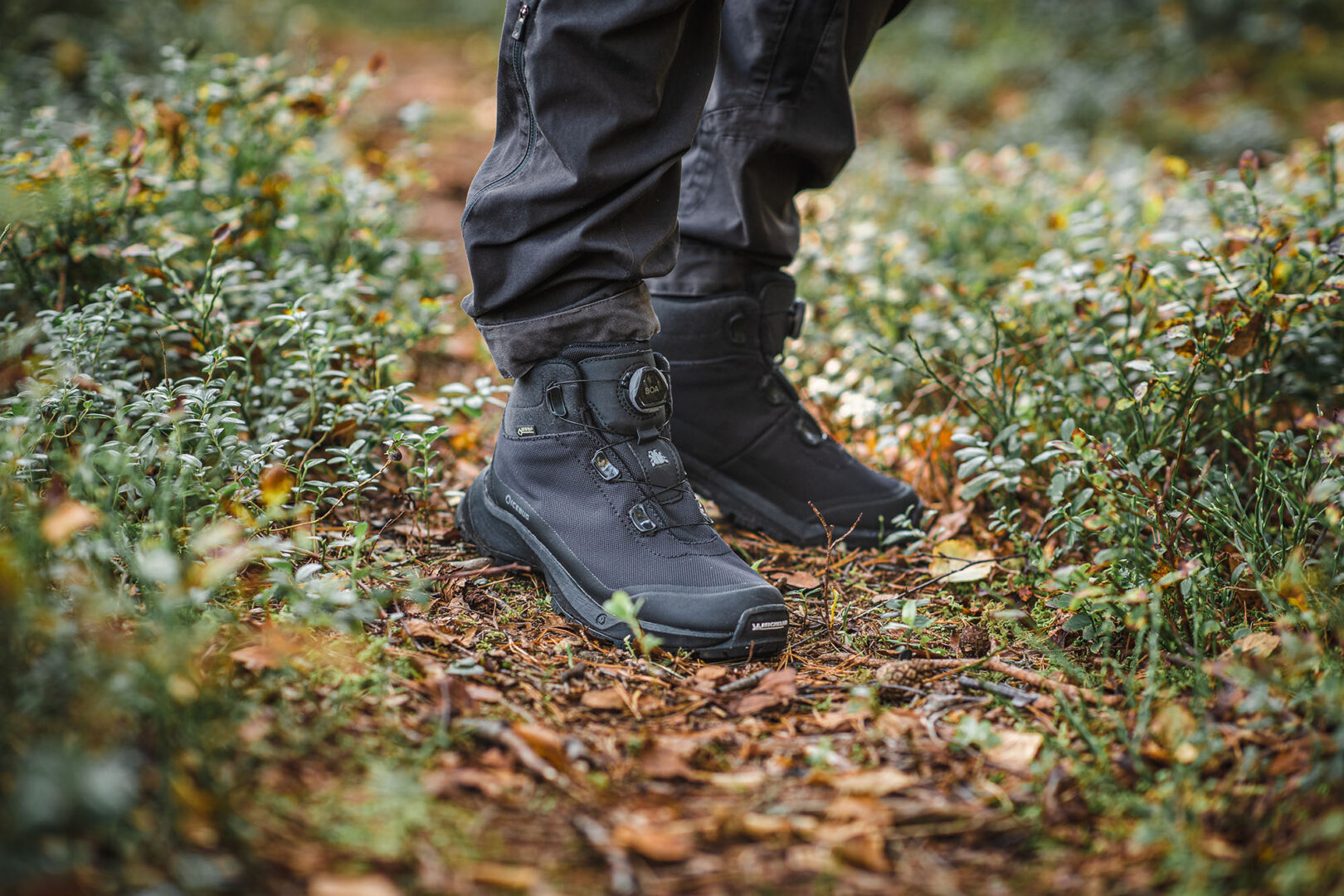
Soles (and shoes) are not all the same
By learning to distinguish the differences and characteristics among different soles, it can help you choose the right shoes.
























